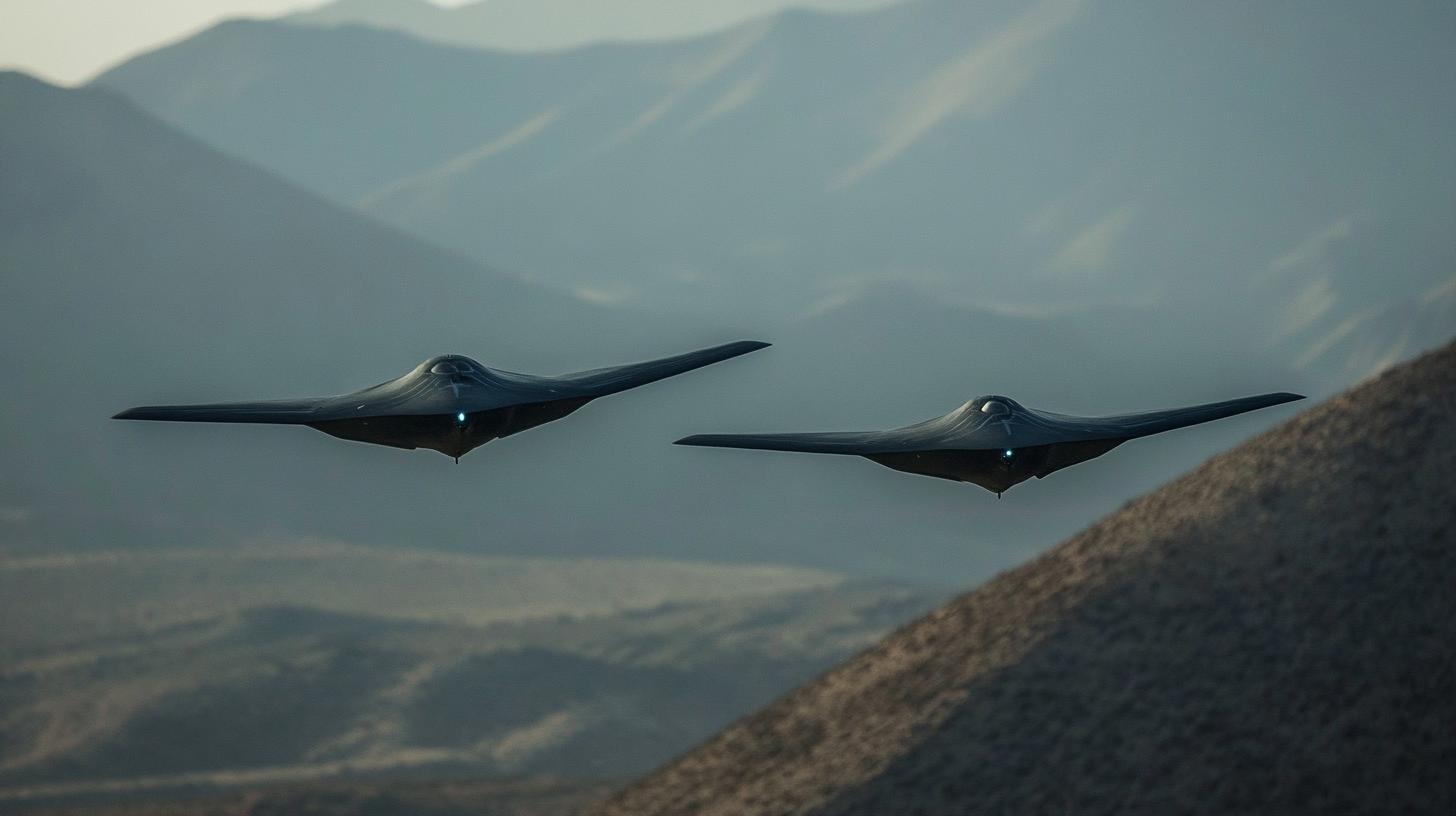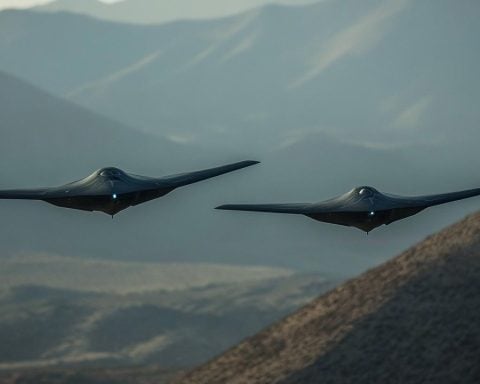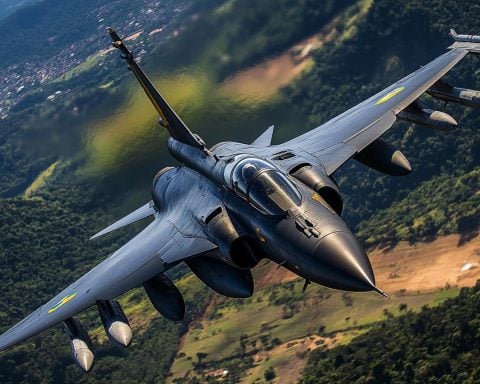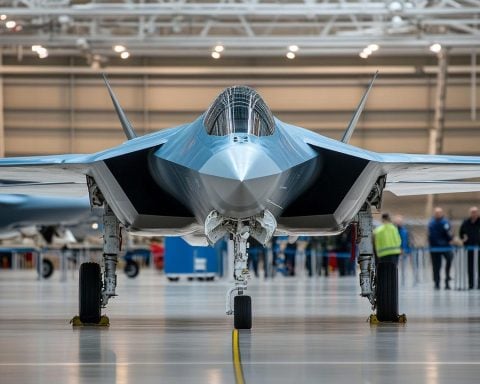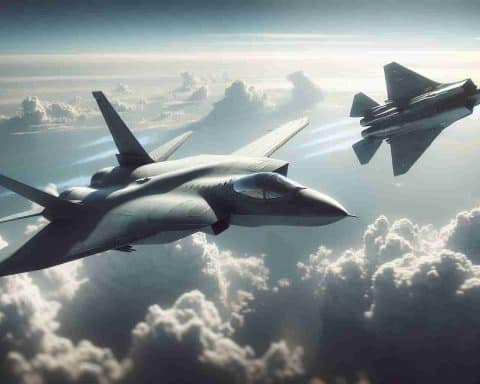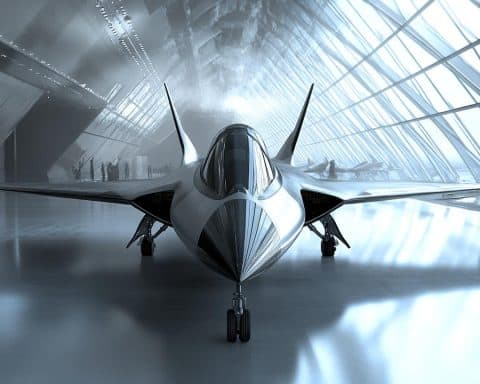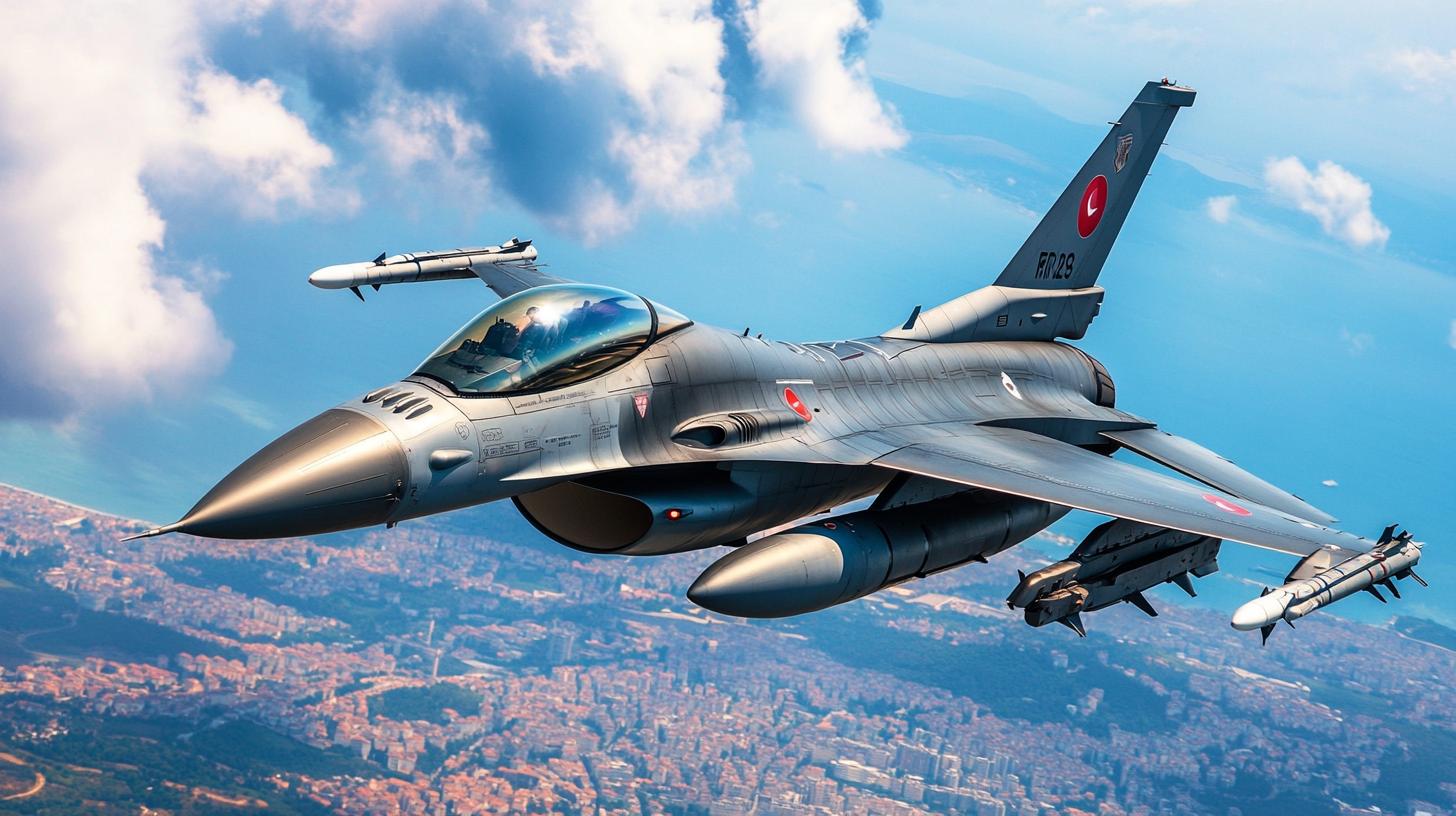In the evolving arena of air superiority, the Sukhoi Su-57 and the Lockheed Martin F-35 Lightning II represent the pinnacle of stealth technology and combat innovation. While both aircraft boast advanced capabilities, a key component is shaping their future roles: Artificial Intelligence (AI) integration.
Traditionally, air superiority was determined by speed, stealth, and weaponry. However, as military strategies embrace new technologies, AI’s potential to enhance operational efficiency and decision-making capabilities cannot be overstated. For the Su-57, Russia is focusing on integrating AI systems to manage the complex array of sensors and enhance the aircraft’s agility through automated flight controls. Meanwhile, the F-35’s developers are exploring AI technologies to optimize predictive maintenance, potentially extending its operational life and ensuring peak performance.
Another dimension of this competition involves network-centric warfare. Both aircraft are integral to their respective military strategies in establishing air dominance, yet the F-35 has an edge with its Distributed Aperture System and sensor fusion capabilities. These features empower pilots with a 360-degree view, enhancing situational awareness and decision-making. The Su-57, on the other hand, is reportedly being developed to integrate with unmanned aerial vehicles (UAVs), reflecting a push towards autonomous battlefield operations.
As AI continues to develop, it may ultimately redefine air combat paradigms, influencing how these two formidable fighters evolve in their roles, reshaping the geopolitical landscape of future aerospace confrontations.
AI in Modern Warfare: A Boon or a Threat to Humanity’s Future?
As AI technologies enhance modern military aircraft, several intriguing questions arise about its broader impact on humanity and technology. Could AI integration in advanced fighter jets like the Su-57 and F-35 truly redefine air combat, and what does this mean for global defense strategies?
Beyond air superiority, AI’s integration in military technologies raises ethical and logistical concerns. What happens when machines make decisions traditionally entrusted to humans? How do we ensure these systems remain within human control in high-stakes combat scenarios?
One significant advantage is increased efficiency. AI-powered planes can process vast data arrays rapidly, providing pilots with critical insights in real-time. This boosts decision-making and survival rates in combat. Moreover, AI aids predictive maintenance, potentially reducing downtime and operational costs. As companies like Lockheed Martin explore these capabilities, the race to perfect AI-enhanced maintenance might revolutionize military aviation.
However, the reliance on AI brings potential disadvantages. Technical malfunctions or cyber vulnerabilities could pose grave risks, where a single system failure might compromise entire operations. Additionally, the ethical implications of AI in autonomous drones and UAVs present uncharted territories. Are we headed toward an era where AI decides life and death in warfare?
The journey to AI-driven military aviation is fraught with complexities, with equal measures of promise and peril. As these technologies evolve, humanity must carefully balance innovation with responsibility, ensuring AI serves as a tool for peace rather than a precursor to unrest.

